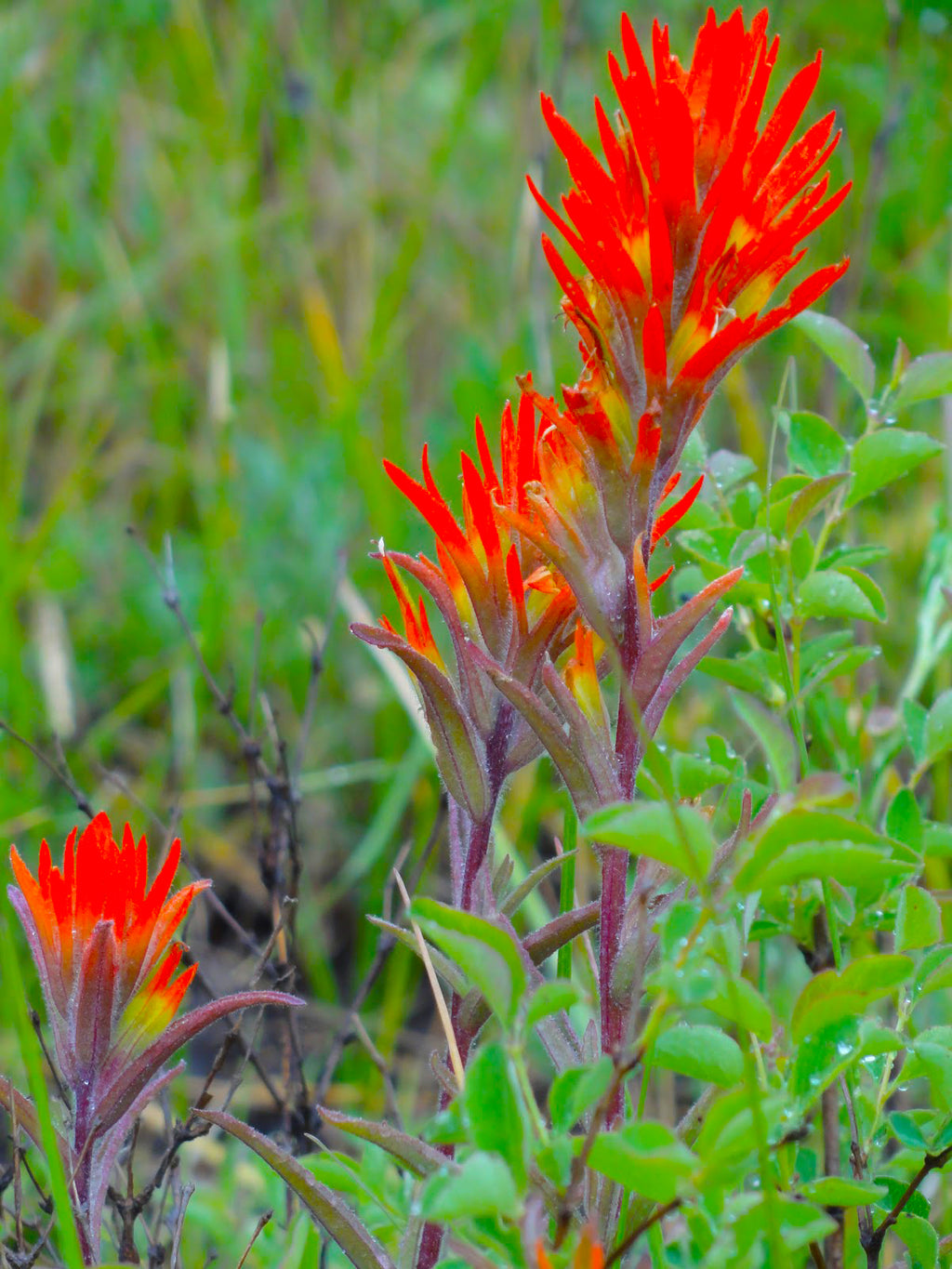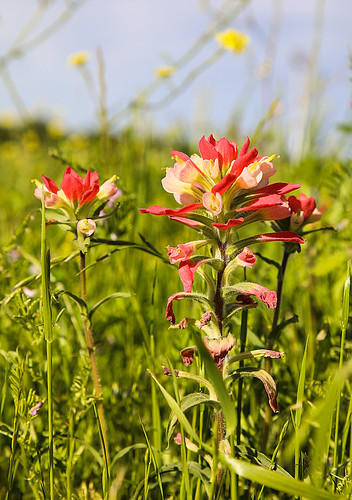

If wildflowers are growing with grasses, the chance of an encounter with snakes or fires ants is very real. Driving, walking and sitting on wildflowers damages them. Here are tips for responsible wildflower viewing, as pointed out in An AgriLife Today article: Be respectful of private property and do not trespass without permission. The shape of the primrose’s flower appears to bring out the persnickety in pollinators, but they visit. Winecups bring gray hairstreak and common checkered sipper (larval host), as well as other butterflies, bees and other pollinators.Ĭoreopsis attract butterflies, bees and other pollinators. Indian paintbrush attracts the buckeye butterfly (larval host), as well as other butterflies and hummingbirds.īluebonnets attract gray hairstreak (a gossamer-winged butterfly), painted lady butterflies (larval host) and bees. Deadhead to extend blooms into summer.Īnother flower in bloom along the roadside is pink evening primrose (Oenothera speciosa). Self-seeding can be a bit too ambitious, but coreopsis makes a lovely cut flower.

Lanceleaf coreopsis (Coreopsis lanceolata L.) is the most common. Blankets of yellow kept my attention a little too enraptured. This perennial ground cover will bloom longer if deadheaded, but once the flowers are pollinated, they close their eyes forever.Ĭoreopsis was the star of the roadside on a drive last weekend. There is something about the delicate shape and intense color that always surprises me into believing that it is an accidental superstar. Winecup (Callirhoe involucrate) is one of my favorites. Is there anything else to say? What a magnificent design. As a result, they shift attention up the floret spike to newer white banner spotted florets awaiting their turn at the dance. As flowers get pollinated, the white banner bleeds to pink, then magenta, a color difficult for bees to see. Pollen brushes onto the bee or transfers from the bee onto the pistil, thus perpetuating the important act of pollination. As a bee lands, the weight of it pushes the wing petals down, pushing the keel up. As each flower opens, the white banner spot attracts the pollinator, most often a bee. In turn, the keel hides the valuable goods: the reproductive parts.īuds open from the bottom up on the stem. Two wing petals hide the keel - two fused petals used as a landing. On a blue flower, this spot is either white, pink or magenta. Each floret has five petals specifically arranged. The 6- to 18-inch stems bear clusters of pea-like flowers.

The impact of a field of bluebonnets is undeniable. How closely have you studied this flower? If you haven’t, then get out there right now and take note of what you are about to learn. Bonny bluebonnetsĮveryone knows that all six bluebonnet species are designated as the Texas state flower, right? The love of this plant is so great, the state did not want to leave any lupine behind. But from what I have seen, they both look spectacular this year. A number of sources suggest that bluebonnets and Indian paintbrushes will not be showy at the same time - it’s one or the other. Sow seeds with other plants and avoid transplanting they are not likely to survive. Tubular flowers attract hummingbirds and other hovering pollinators that do not need a landing spot, like bees. The biennials produce a basal rosette the first year, then bloom the second. And you just thought it was lucky coincidence. This means Castilleja roots have more available nitrogen when they grow close to this lupine. The bluebonnet is a member of the legume, or bean, family. When grass is unavailable, they adapt to other plants, and they do particularly well near bluebonnets. This explains why you will always see them blooming among other plants and not on their own. The real flowers live a humble life, rarely noticed, especially not at high speeds.Ĭonsidered hemiparasitic, Indian paintbrush tends to grow close to perennial grass to steal water and nutrients via its roots. In this case, bracts are the red structures that you notice when you pass them, even from a speeding car. Did you know the Indian paintbrush (Castilleja indivisa) has something in common with the poinsettia and bougainvillea? Each display their color on modified leaves called bracts.


 0 kommentar(er)
0 kommentar(er)
